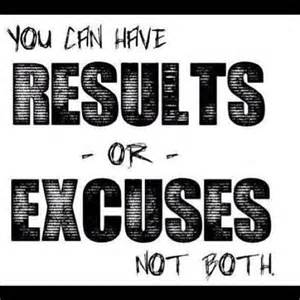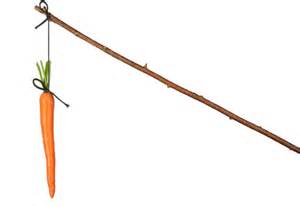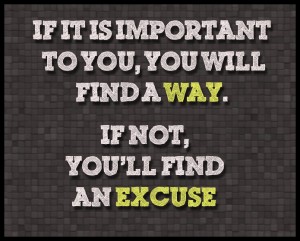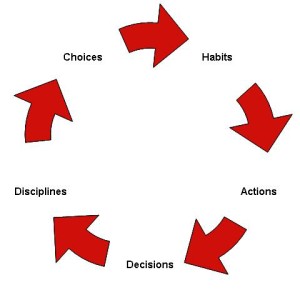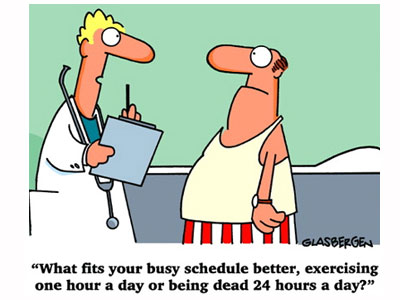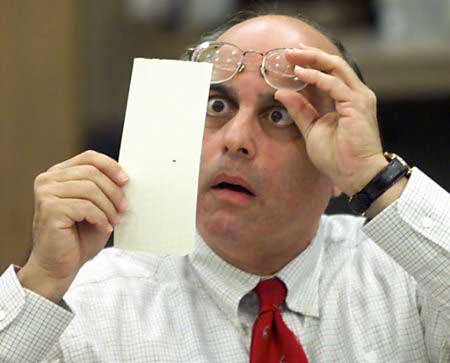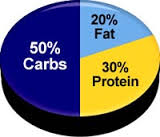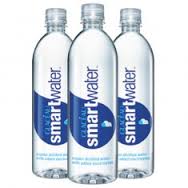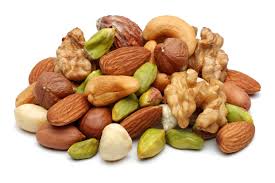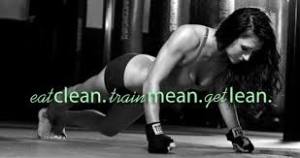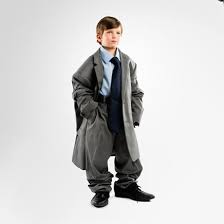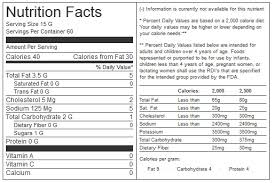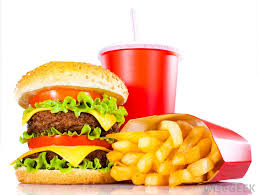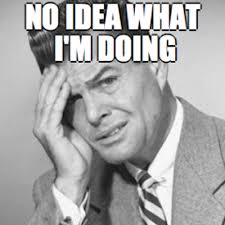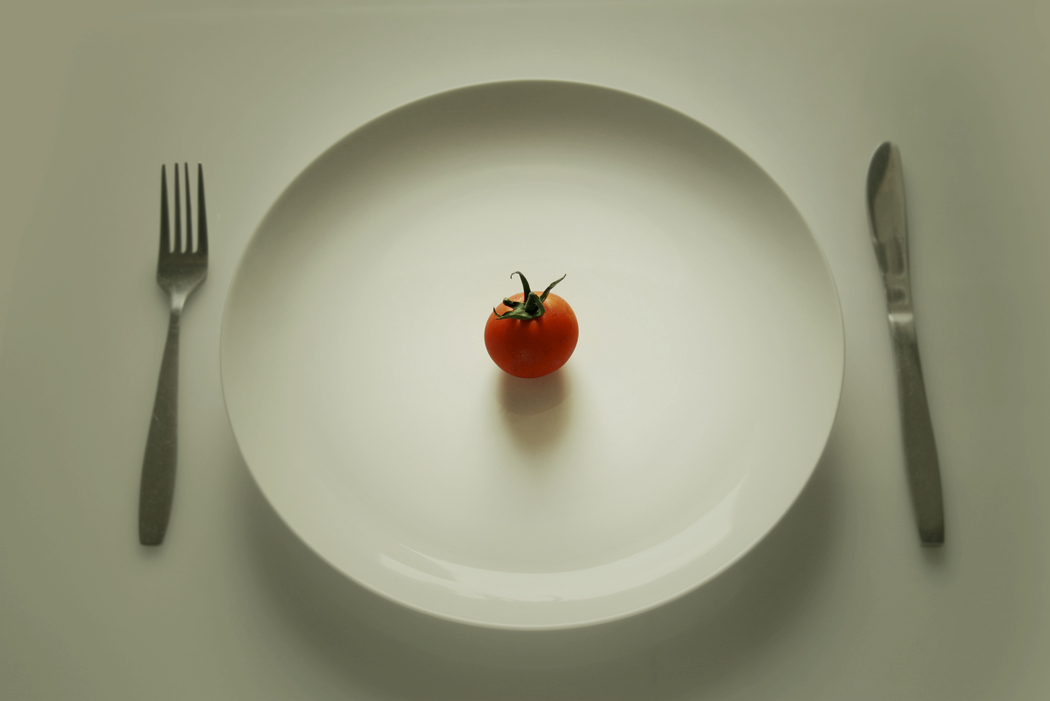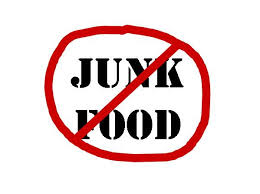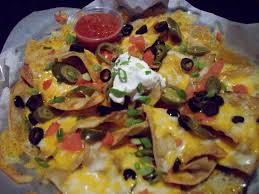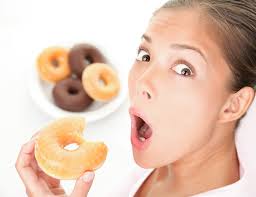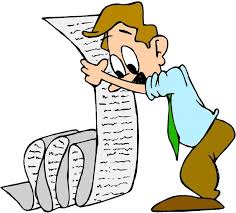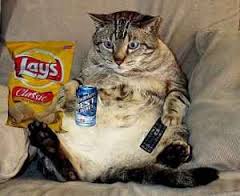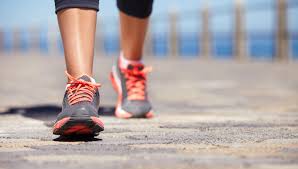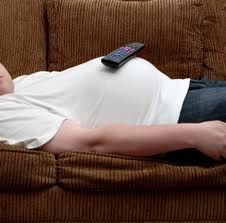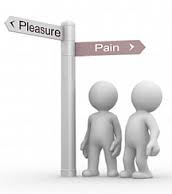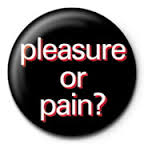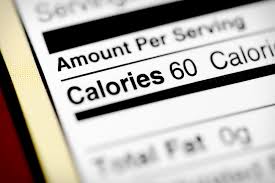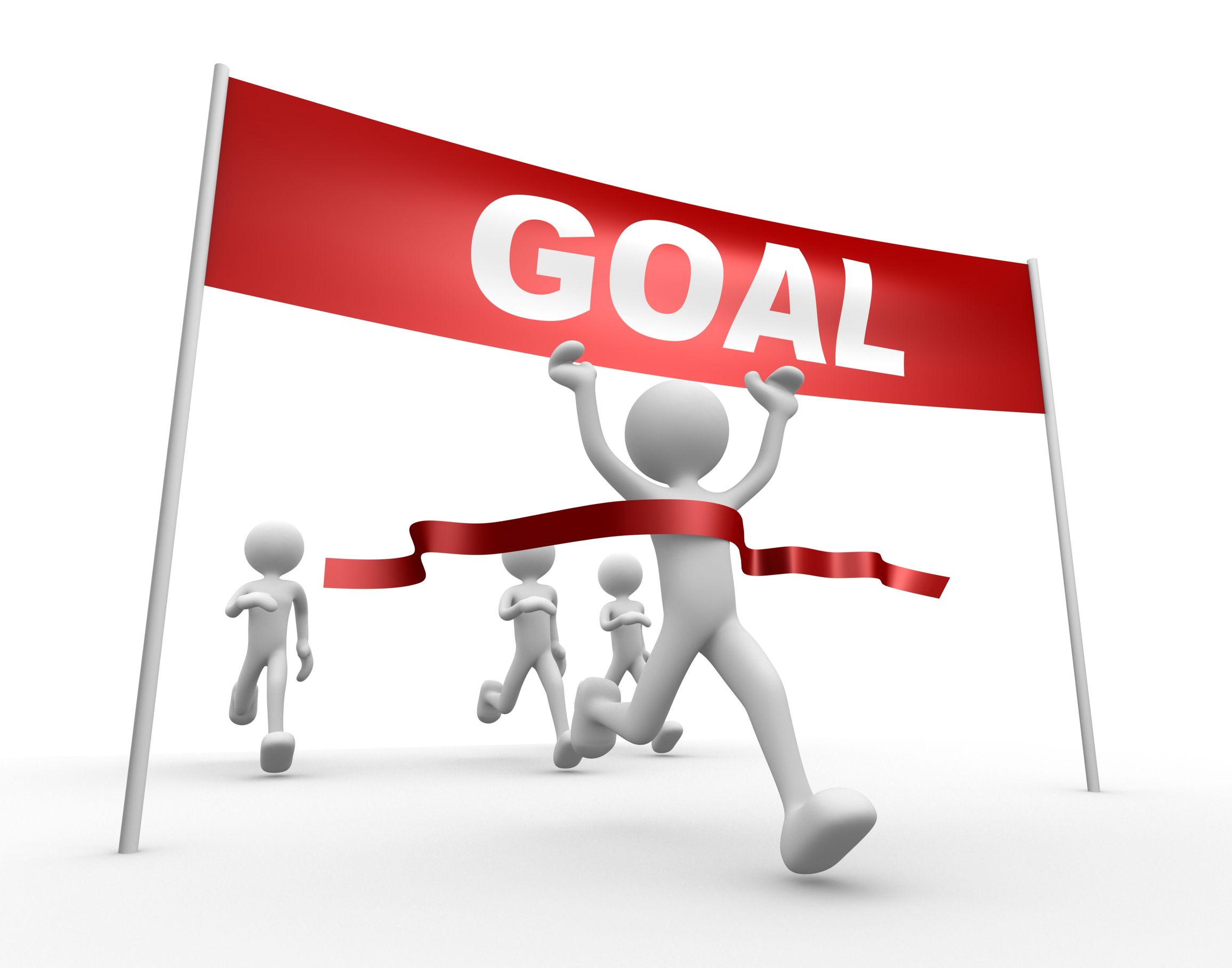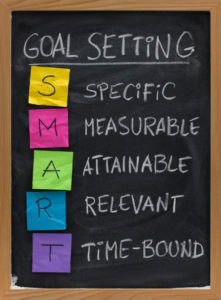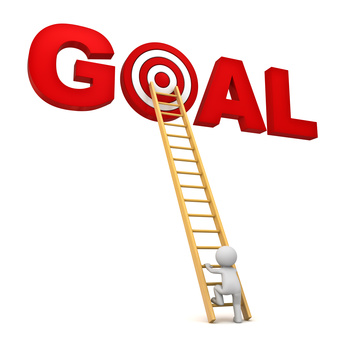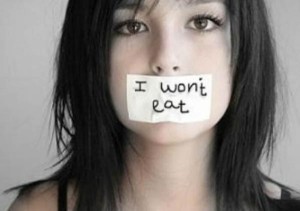 Contrary to what some people believe, you need to eat if you want to lose weight. Starving yourself is a not an effective long-term strategy. So don’t buy into skipping meals. Your body needs fuel and energy – not only to operate, but to burn calories.
Contrary to what some people believe, you need to eat if you want to lose weight. Starving yourself is a not an effective long-term strategy. So don’t buy into skipping meals. Your body needs fuel and energy – not only to operate, but to burn calories.
For weight loss, I advocate eating right and exercising. For the exercise component, it takes work; the more intense the better. Don’t fall for the “fat burn zone” myth. The harder I can workout, the more I sweat, and the longer I can sustain being out of breath is the way I go about it. You’ll burn more calories and you’ll burn them faster. Of course you should always seek your doctor’s approval before embarking on an intense fitness regimen or new nutrition plan.
It’s been proven that if you skip too many meals or cut your calorie intake too low, you will eventually end up over-eating (including the wrong foods). And that calorie surplus will not make you happy the next time you step onto the scale. Think about trying to exercise when you’re starving. Your energy levels and endurance will suffer. So essentially you’re wasting time and not getting the most out of your workout. All you can think about is food. And even worse yet, you may end up burning lean muscle. 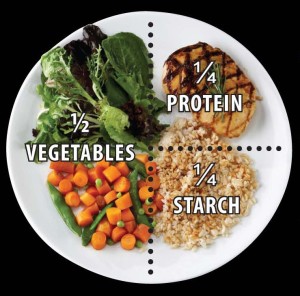 The traditional 3 meals a day that we all grew up with still has some validity, but we need to modernize it. How? By adding in healthy snacks so you’re eating 5 to 6 times a day.
The traditional 3 meals a day that we all grew up with still has some validity, but we need to modernize it. How? By adding in healthy snacks so you’re eating 5 to 6 times a day.
In general, the biggest meal you consume should be earlier in the day. That would be breakfast. Lunch would be a little smaller, with dinner being the smallest. In between these 3 meals is where you integrate nutritious and healthy snacks. But these don’t come from a vending machine. You need to prepare in advance and have them with you.
So let’s look at some healthy snacks that can keep you nourished and full of energy throughout the day. My go to snacks are fruits like apples, blueberries, strawberries, tomatoes… And raw vegetables like peppers, avocado, cucumbers, potato, cauliflower, radishes… A handful of nuts and seeds works too, but keep the portion small. Whatever you like that’s natural, low calorie and low fat to fill the gap between meals so you’re not ravenous at lunch or dinner. 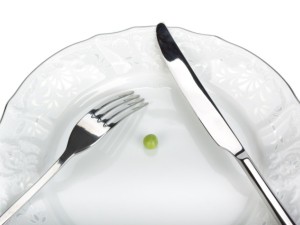 I found a recent article on “smart snacking” that appeared in the MyFitnessPal blog that I’d like to share. You can read the text version below or go to the slideshow with pictures at: http://www.strengthmeetsstyle.com/smart-snacking-how-to-keep-your-metabolism-burning-all-day/89/236/?utm_source=Outbrain&utm_medium=BriH&utm_campaign=1.
I found a recent article on “smart snacking” that appeared in the MyFitnessPal blog that I’d like to share. You can read the text version below or go to the slideshow with pictures at: http://www.strengthmeetsstyle.com/smart-snacking-how-to-keep-your-metabolism-burning-all-day/89/236/?utm_source=Outbrain&utm_medium=BriH&utm_campaign=1.
Smart Snacking: How To Keep Your Metabolism Burning All Day
Apples: Apples are a ‘good carb,’ and they’re packed with fiber. Eating two apples is enough to fill your fruit intake for the day, and you’re not adding a lot of calories. Apples also have vitamin C, and satisfy your sweet tooth. They make your stomach feel fuller, so you’ll eat less during the day, without having to worry about working off a lot of fat.
Almonds: Many kinds of nuts, when eaten in moderation, can provide a number of health benefits. First among equals are almonds, especially raw almonds that have no salt. Technically, almonds are high in fat, but a handful a day are very good for you. The fats in almonds are monounsaturated, the same as in olive oil, and these fats help reduce heart disease. Studies have also shown that almonds, eaten in moderation, helps keep your weight down, which combined with an active exercise program, can keep you healthy for a long time.
Broccoli: The greener the vegetables, the better for your body. Broccoli is a great snack you can eat raw, or steamed. It lowers cholesterol, gets rid of toxins and is packed with vitamin D, vitamin A and vitamin K. If you’re busy, you’re better off packing raw broccoli florets in a bag, and eating them on the go. Avoid dipping sauces, as they are often loaded with fat and sugar.
Low Fat Plain Yogurt: Low-fat plain yogurt has many benefits. It’s probiotic, which means that it’s filled with ‘good’ bacteria, also known as ‘live cultures’ that can help relieve digestive problems. Yogurt is also a high-protein, low fat food, perfect for maintaining a healthy diet. In addition, yogurt is low in calories, but be careful about the sugar content of some flavored yogurts. You’re better off buying non-sweet yogurt and using honey or brown sugar to make it sweet.
Canned Tuna: Tuna is packed with vitamin B3, vitamin B12 and protein. It’s a lean, delicious food that is also low in fat. Tuna is loaded with omega-3 fatty acids that have huge antioxidant benefits. The best kind of tuna is albacore tuna, which is pure white tuna with no mixture of other tuna species. For snacking, you can eat tuna straight out of a can, mix with brown rice or sprinkle over a healthy salad.
Edamame: Edamame is a fancy name for soybeans that are boiled. They are a delicious, low-fat and low-calorie snack that’s full of protein and fiber. You’ll also find vitamin C and vitamin A and iron. You can pack edamame in a bag to down them by the handful, but don’t add too much salt, or you’ll negate the health benefits.
Cottage Cheese: Although, you don’t want ‘cottage cheese’ thighs when you work out, you do want to eat cottage cheese to stay healthy. It’s high in protein, calcium (for bone strength), magnesium, potassium and zinc. Cottage cheese is also a low-carb food that helps regulate blood sugar, improves digestion and is rich in antioxidants. You can eat cottage cheese by itself as a snack, or add it to a salad or egg-white omelette.
Beef Jerky: Yep, they’re good for you and filled with protein. But you have to make sure you buy a brand that’s low in sugar and sodium. You should also avoid ‘smoked’ or ‘barbecue’ flavored jerky as these tend to have a lot of additives. You can also buy turkey jerky if you want even less fat. Jerky is just dried meat, so you’re getting all that protein on the go.
Blueberries: Blueberries are a superfood that you can enjoy anytime. They are one of the highest antioxidant-containing fruits in the world, and you can eat them raw, in smoothies or in yogurt. Studies have shown that eating blueberries after a workout can help your muscles recover much quicker because antioxidants help promote healing. Blueberries are also packed with vitamin K, vitamin C and fiber.
Asparagus: Asparagus is a negative calorie food item. It takes more energy to chew and consume the food than what’s in the nutritional value of the item itself. This is great for boosting your metabolism and is also giving of rich nutrients and antioxidants.
Cheese: Studies have shown cheese contains butyric acid. This compound is linked to reduced obesity, reduced hunger and higher metabolism. It is shown that consuming natural cheese with whole-grain bread has boosted metabolism nearly 50% than processed cheese and white bread.
Avocado: Much like almonds, avocado contains monounsaturated fats which plump cell membranes enabling them to work better with fat-burning hormones. Avocados boost your metabolism by protecting the energy-producing parts of your cells from free radical damage.
Egg whites: Egg Whites are a great source of Leucine, an amino acid used for weight loss. This amino acid kick starts your metabolism as it raises your base metabolic rate and boosts your weight loss. Be careful when consuming egg whites and avoid eating it raw. There are serious health risks associated to raw egg whites – take the time to cook it and see the health benefits kick in.
Water: While water isn’t necessarily a “snack,” it is a required part of your everyday eating habits. Studies found that drinking water increases your metabolic rate by 30% in healthy men and women. It also fills you up naturally which lowers your cravings for other foods.
Spinach salad: By eating spinach, you protect yourself against osteoporosis, heart disease, colon cancer, arthritis and other diseases. Spinach has a delicate texture and jade green color that provides more nutrients than any other food. This is a great food to help get your metabolism to a speedy rate.
Whey protein: Whey is an ideal snack for boosting metabolism. It is quickly digested and can help boost enough t burn an extra 150 to 200 calories per day. Add some whey into a protein smoothie or make your own version of ice cream with it added in. This is guaranteed to boost your metabolism fast!
Oatmeal: To jumpstart your metabolism, eat oatmeal for breakfast. Oatmeal is rich in fat soluble fiber which requires a lot of energy to break down. This helps boost your metabolism as it also decreases your cholesterol levels and reduces your risk of heart disease.
Lean meat: Metabolism is affected by multiple factors out of your control – however, increasing your muscle mass allows you to burn more calories (increases your metabolic rate). Muscle tissue requires protein and exercise – by eating more protein, you can build muscle mass therefore enhancing your metabolism.
Thanks for sharing your time with me. I’d love for you to let me know what you think by leaving a comment. Is the content valuable and helpful? What would you like to see in future posts?
And if you like what you see, you can SUBSCRIBE for automatic updates, LIKE US on Facebook, and spread the word about www.thin2win.net with your friends, family and social circles.

